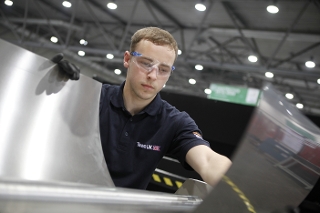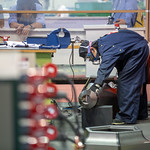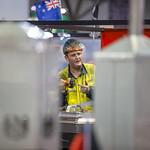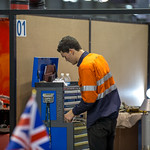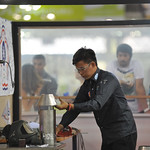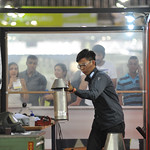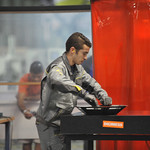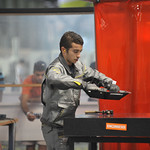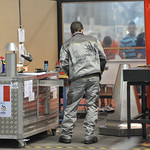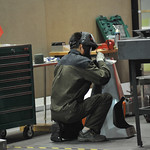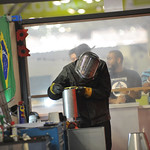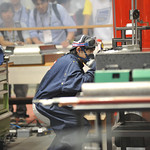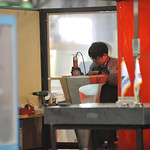Sheet Metal Technology
Skill Explained
A sheet metal technician interprets drawings, develops suitable patterns, cuts and forms sheet materials into complex shapes and assemblies both manually and by machine. He or she works in a range of materials including ferrous and non-ferrous materials and therefore needs to understand the joining and fastening of all of these materials.
Sheet metal technicians work in factories and workshops specifically equipped with a range of hand tools, power tools and specialist machines capable of forming and assembling sheet metal into simple and complex shapes.
Sheet metal workers interpret drawings and transfer dimensions to sheet materials and sections to meet the required specification. Sheet metal workers develop patterns both manually and using CAD to allow materials to be formed into the correct shapes. Formed panels are sometimes connected to box section frameworks to form assemblies to suit the required purpose.
Sheet metal workers may be required to programme forming and shaping machinery and operate this machinery to fabricate accurately shaped panels and assemblies.
A sheet metal worker will need to be proficient in a range of joining and fastening processes including metal active gas, Tungsten Inert Gas and resistance spot welding processes. Assemblies can be arranged using hot work processes or cold fixings such as riveting, screwing and bonding.
A sheet metal worker will manually assemble, dress and finish sheet metal panels and assemblies using a range of hand and bench tools.
A sheet metal worker will be able to operate all types of welding equipment, manual and CNC forming equipment, sheet metal hand fabrication and dressing tools as well as a range of power operated tools. A sheet metal worker will use a computer to develop patterns for machine use as well as manually developing simple patterns on a drawing board.
Sheet metal workers serve a wide range of sectors including the marine, aviation, food, pharmaceutical, ventilation, transport, architectural and furniture industries.
What the Competitors do at the Competition
The Competitor will be judged on:
- Pattern development
- Pattern cut out
- Forming
- Assemblies
- Welding/Joining
- Finishing
Competitors
Michael Benson
New Zealand
YUNG-HSIANG CHANG
Chinese Taipei
Thomas Crittenden
Australia
Takanori Fujishima
Japan
Daniel Oliveira Gomes
Brazil
Antoine TIJOU
France
Xinshan Wang
China
Hyeon Jun Won
Korea
Experts

Leonardo Casanova Cardelle Junior
Brazil
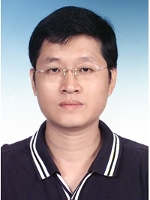
Ching Min Cheng
Chinese Taipei

Frédéric Gil
France
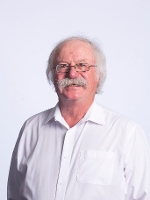
Hilton Jones
Australia

Makoto Kesamaru
Japan
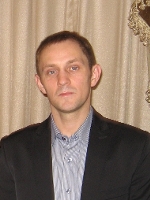
Roman Nikitin
Russia

Scott Pritchard
New Zealand

Choong Chan Shin
Korea

David Vaughan
United Kingdom

Jianxun Zhang
China
Videos
A New Look at Skills
Autodesk Publisher 3D models*
Download for desktop
Download for mobile
Autodesk Inventor Data Sets**
* Open the 3D models on desktop with Autodesk Inventor Publisher. On mobile download the Autodesk Inventor Publisher Mobile Viewer app (iOS or Android).
** Students and Teachers can download Autodesk Inventor software via the Autodesk Student Community, Educational Institutions via Autodesk Academic Resource Centre (ARC).

